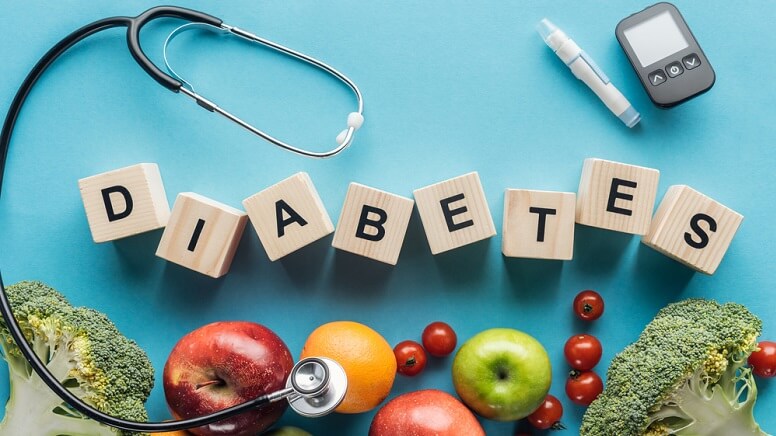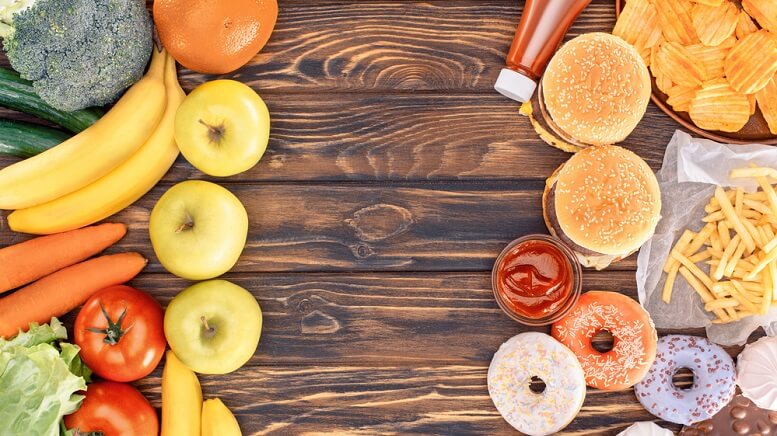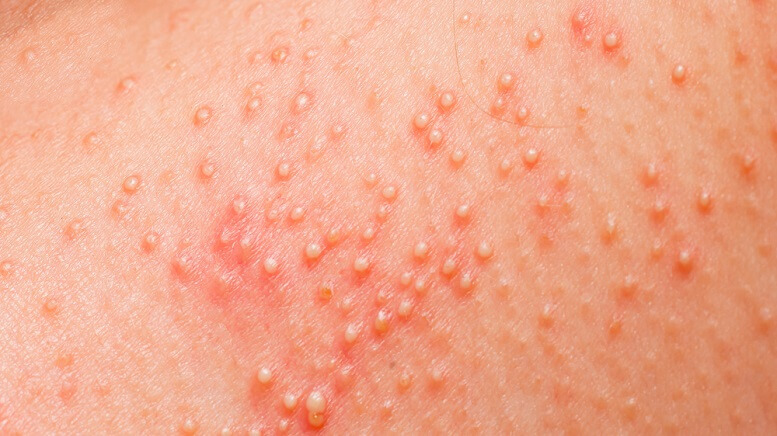Figuring out the best foods to consume when you have diabetes can be tricky. However, choosing the right foods when you have diabetes can help lower your blood sugar or keep it stable.
A healthy-eating plan that is suitable for diabetes is low in fat and calories, naturally rich in nutrients, and includes fruits, vegetables, and whole grains as the key elements.
If you suffer from diabetes or high blood sugar (prediabetes), your doctor will likely recommend a meal plan or suggest you see a dietitian to develop a healthy eating plan for you. A healthy eating plan that is specific to your condition will help you manage your weight and control your blood sugar (glucose) as well as risk factors for heart disease, such as high blood fats and high blood pressure.
It’s natural to worry that your diabetes will mean going without the foods you enjoy. However, the good news is that you can still eat all of your favorite foods; you just may need to enjoy them less often or eat smaller portions. Working with your doctor or a dietician will allow you to create a diabetes meal plan that meets your needs and likes.
The truth is, having diabetes doesn’t mean you can no longer enjoy the foods you love. In fact, a diabetes diet is one of the best eating plans that is suitable for pretty much everyone who wants to live a healthier life. Living with diabetes means eating healthy meals regularly from the following five food groups:
- Vegetables. Choose tasty, low-carb vegetables, like eggplant, tomatoes, mushrooms, onions, Brussels sprouts, and low-carb squashes, like zucchini.
- Fruits. High-antioxidant fruits like grapes, apples, berries, citrus fruits, pineapple, mango, papaya, cantaloupe, and apricots are the best options for a healthy diabetes diet.
- Grains. Ensure that at least half of the grains you eat each day are the whole grain variety. Wheat, rice, oats, cornmeal, barley, and quinoa and whole-grain bread, pasta, cereal, and tortillas are all great options for a diabetes diet.
- Protein & Alternatives. When it comes to protein options for diabetes, opt for skinless chicken or turkey, eggs, fish, nuts and seeds, dried beans, and meat substitutes like tofu.
- Dairy. Choosing total dairy and low-fat milk products, yogurt, and cheese can potentially reduce your risk of type 2 diabetes.
Here are some conditions you need to avoid:
- Don’t skip meals.
- Don’t eat heavy and fatty meals.
- Don’t eat saturated fats such as butter, coconut oil, and palm oil.
- Don’t eat salty food.
- Avoid items that have high sugar content, such as cake, pie, honey, jam, jelly, doughnuts, sweetened cereal, ice cream, or candy.
- Avoid sugar-sweetened sodas and fruit juices.
- Avoiding adding sugar to your foods.
Some people with diabetes are required to eat at about the same time each day, while others can be more flexible when timing their meals. Depending on your diabetes medicines or the type of insulin you use, you may have to eat the same amount of carbs during the same time every day.
This is important because if you use certain medicines or insulins and you delay or skip a meal, your blood glucose level may drop too low and you can put yourself at serious risk. Ask your healthcare practitioner when you should eat and whether you need to eat before and after physical activity.
Original Source: http://findquickanswers.com/healthy-eating-tips-to-treat-diabetes/
Featured image: DepositPhotos – VadimVasenin









